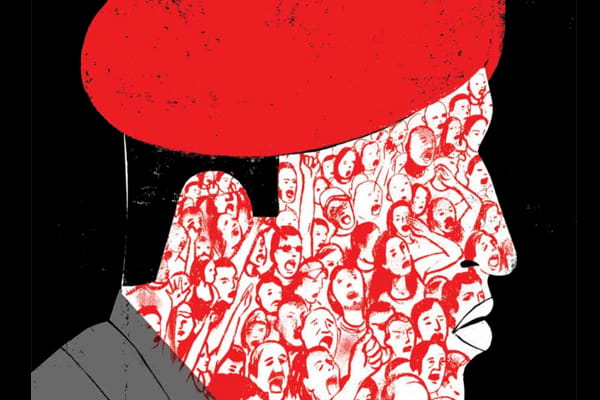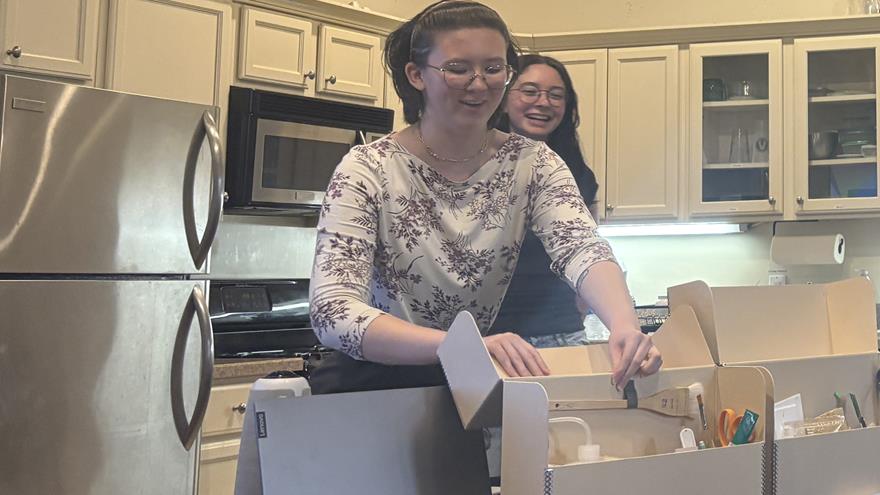'We Created Hugo Chávez'

In this excerpt from his recently released book, Drexel political science professor George Ciccariello-Maher argues that discussions about Venezuelan politics far too often focused on Hugo Chávez, the man who sat in the president’s office, rather than the movement—and the people—who put him there.
“Who are you? What are you doing here?”
When we got to La Piedrita, they already knew we were coming. If not for the phone call they received from a trusted comrade, then from the video cameras lining the perimeter of this revolutionary zone that jealously guards its autonomy from all governments, right or left. If not from the cameras, then from the network of eyes dispersed across the community, always alert to unknown or unrecognized individuals.
And if not from all that, then certainly from the guard at the top of the rickety stairs that climb from the parking lot of the apartment blocks into the chaotic jumble of the barrio that lay behind it. He greeted us down the barrel of a chrome 9 mm pistol with stern questions: “Who are you? What are you doing here?” If we didn’t have good answers for these questions, there might have been a problem.
But indeed, we had an excellent answer: two short words, “Valentin Santana.”
Just minutes before, my photographer and I had been enjoying the warm June dusk a few blocks below, near a small park in the Monte Piedad neighborhood of 23 de Enero, a notoriously revolutionary area of western Caracas perched precariously above Miraflores Palace, the nominal seat of state power. We were chatting, laughing, drinking beer and miche—a surprisingly potent homemade firewater distilled from sugarcane—while others play dominos, when a new friend raised the inevitable question of why we were there. We had come to understand the revolutionary collectives that constitute Venezuelan President Hugo Chávez’s most radical support base, to grasp their political vision and their often-tense relationship with the process of political transformation known as the Bolivarian Revolution. Had we gone to La Piedrita? No, we hadn’t. Our only contact with the collective had been gazing in awe at the nearby murals surrounding their zone of influence, the most spectacular of which is a massive image of Jesus holding a Kalashnikov, bearing the message, “Christ Supports the Armed Struggle.”
“Well then, you must meet Valentin,” this new friend insists, and I know immediately just who it is that he means. Valentin Santana is the historic leader, the iconic figurehead, and the most publicly recognized member of La Piedrita. After a few frenetic phone calls in which our proposed visit is repeatedly rebuked, our persistence pays off and we are cleared to head up to La Piedrita. We begin the climb upward, past Blocks 5, 6, and 7 of 23 de Enero, after which the multicolored superblock towers for which the area is famous give way to shorter blocks that are grouped tightly to form large, enclosed squares that are, from a military perspective, easier to defend. They knew we were coming, and yet they performed surprise, hostility and militant discipline. Here, gun pointed at my chest, I can’t help but feel like a young Herbert Matthews in the Cuban Sierra Maestra (in fact, La Piedrita adjoins the Sierra Maestra sector of 23 de Enero). Matthews, so the story mistakenly goes, was duped by Cuban guerrilla commander Fidel Castro, who in 1957 allegedly marched a small number of troops in circles past the New York Times journalist to exaggerate the strength of his forces.
Read more from Drexel University's award-winning research magazine, Exel.
In This Article
Drexel News is produced by
University Marketing and Communications.
